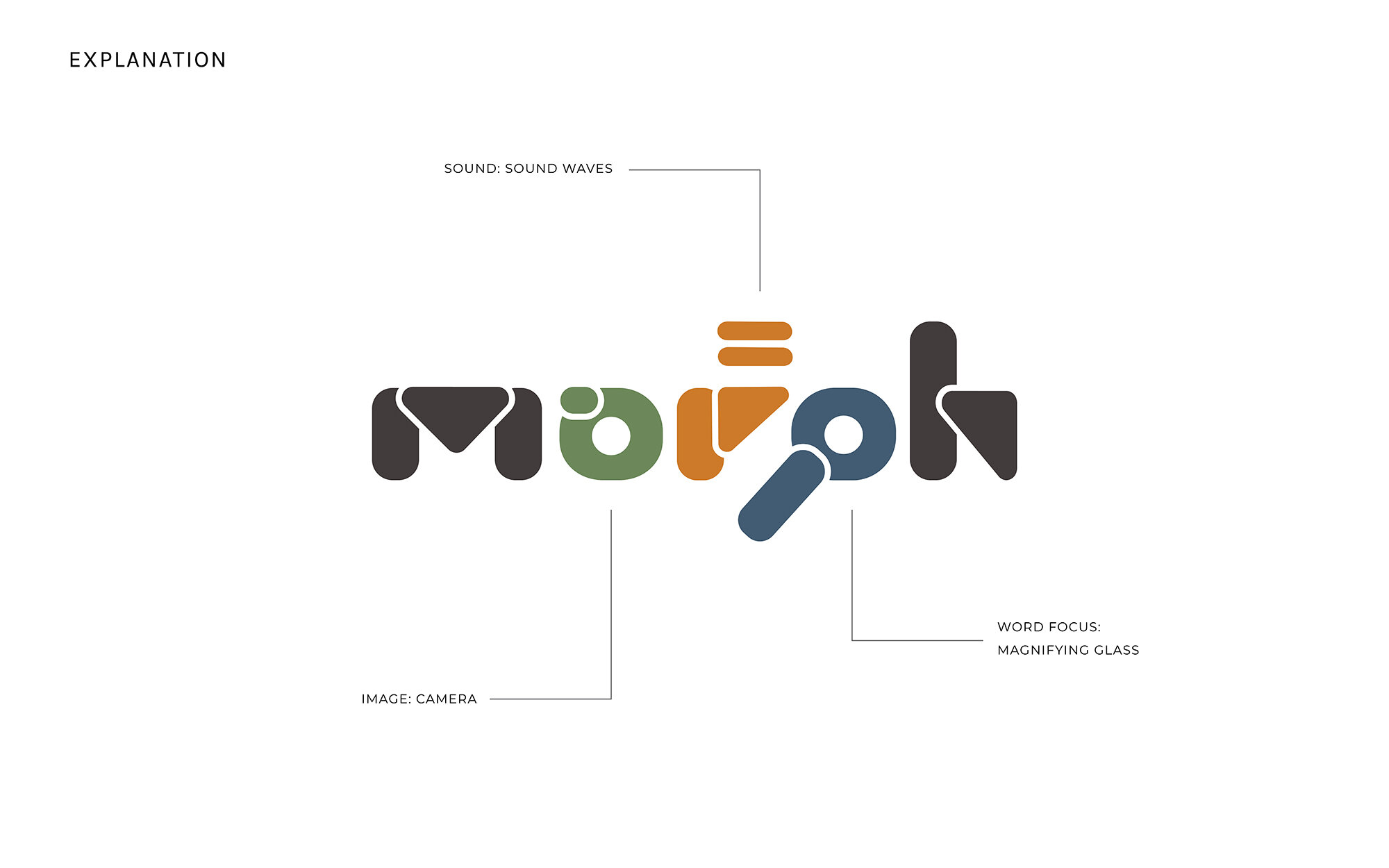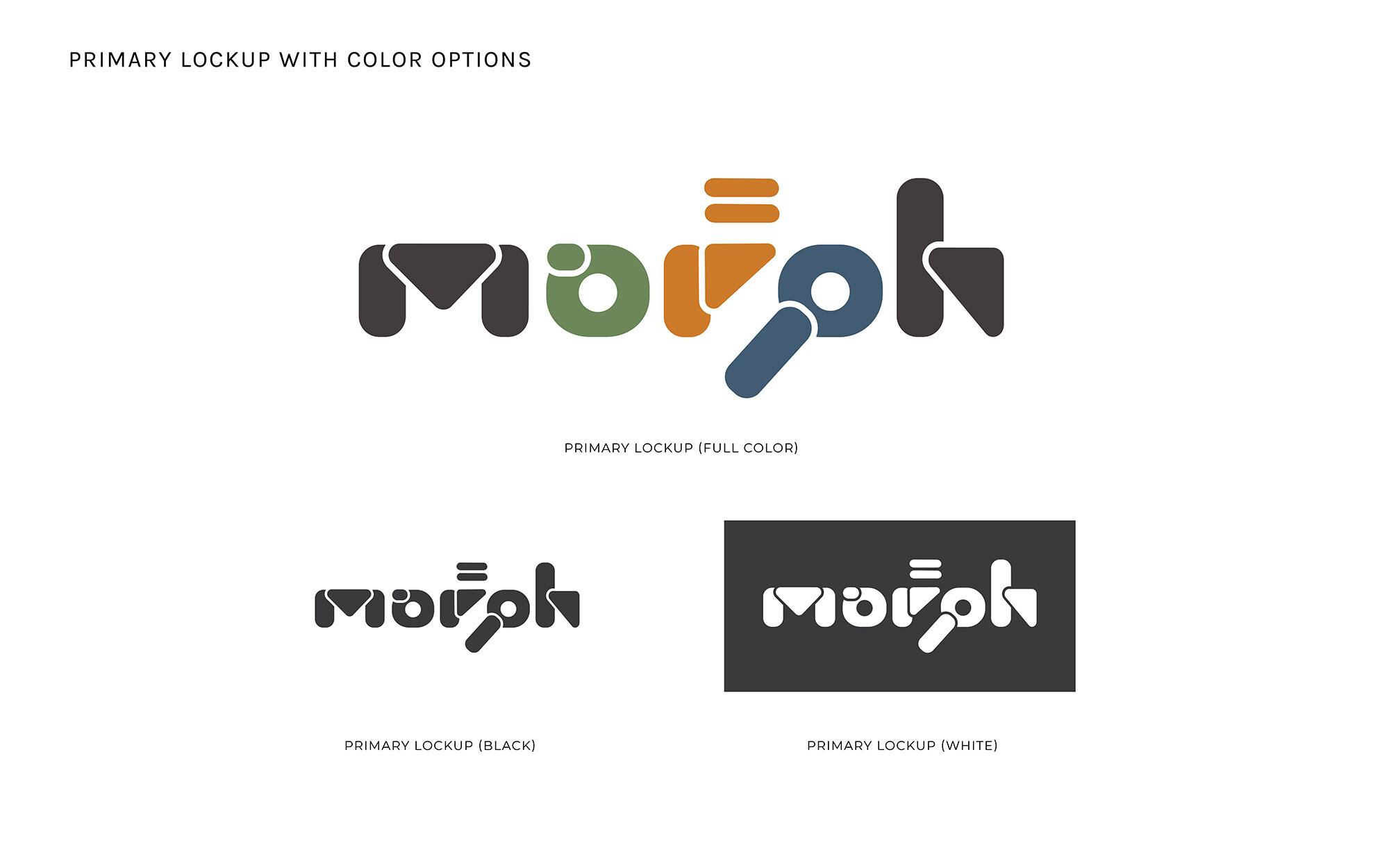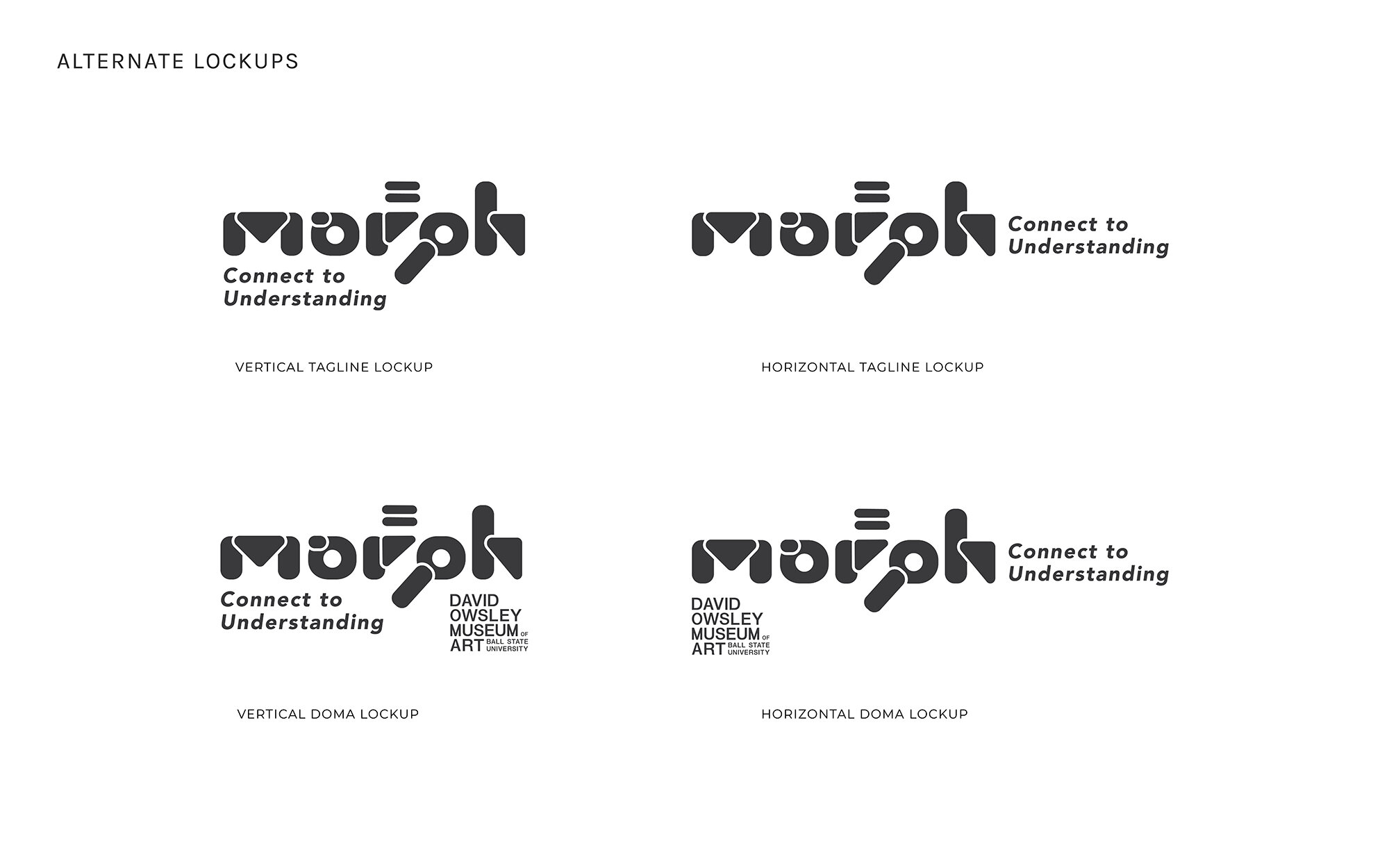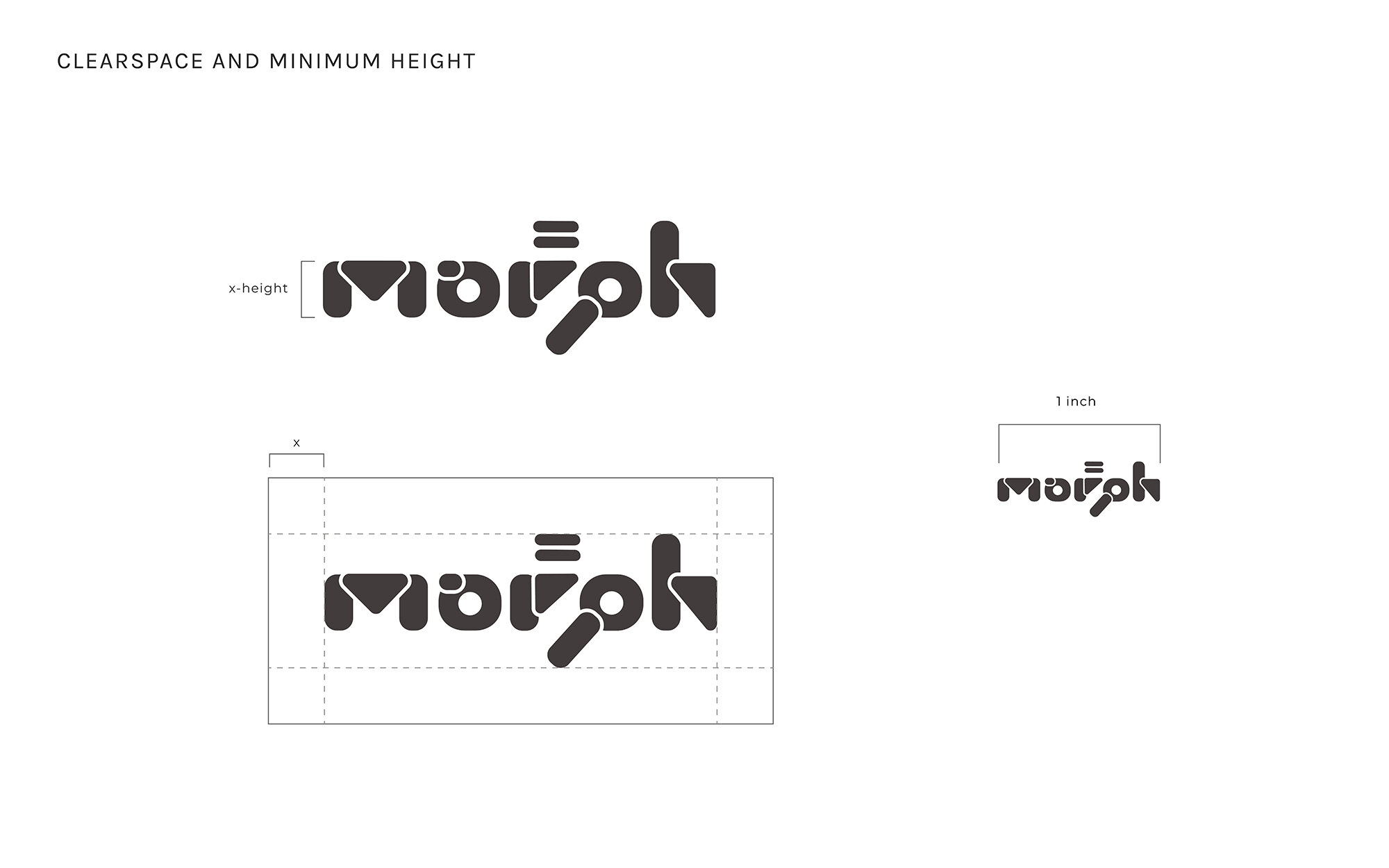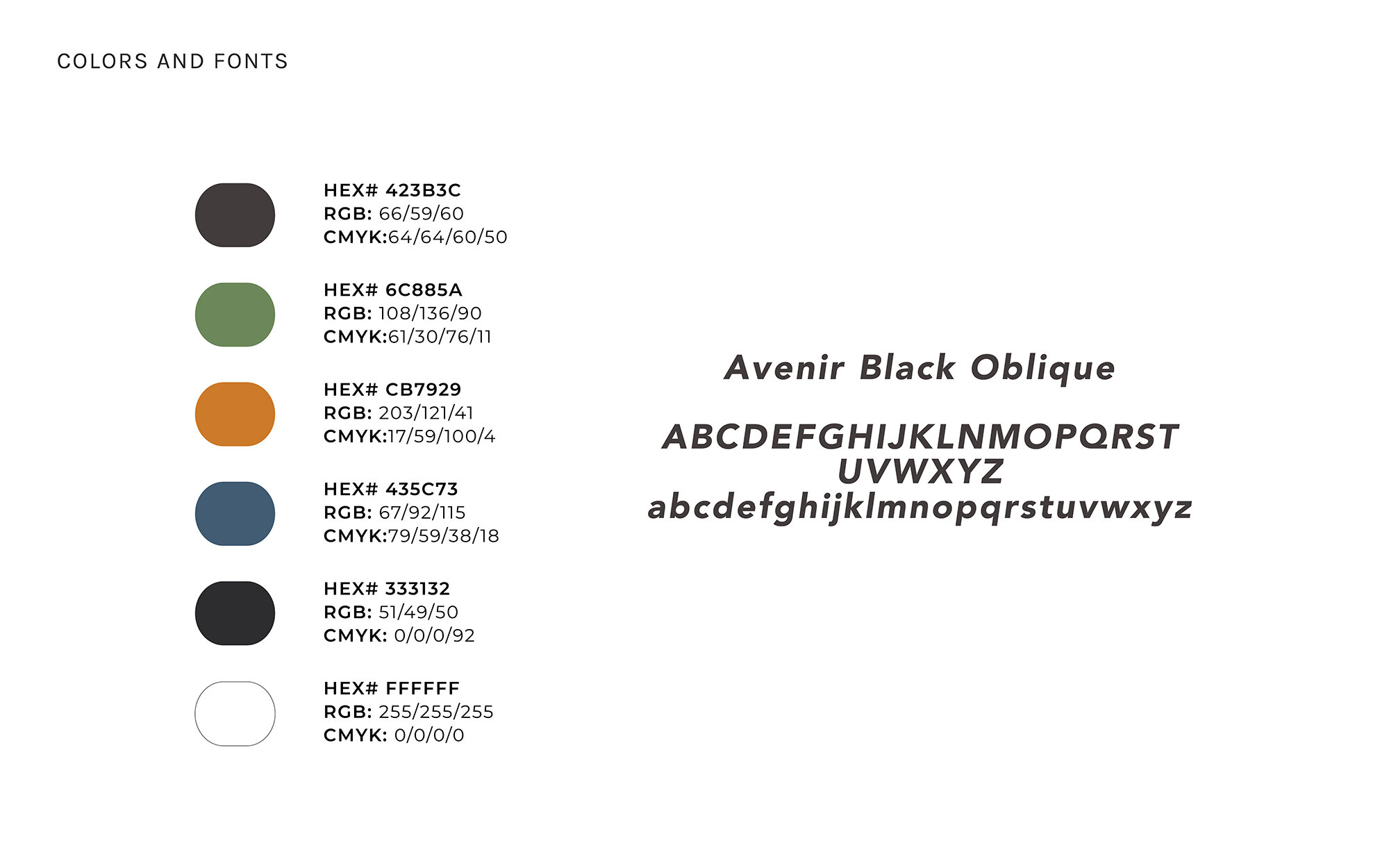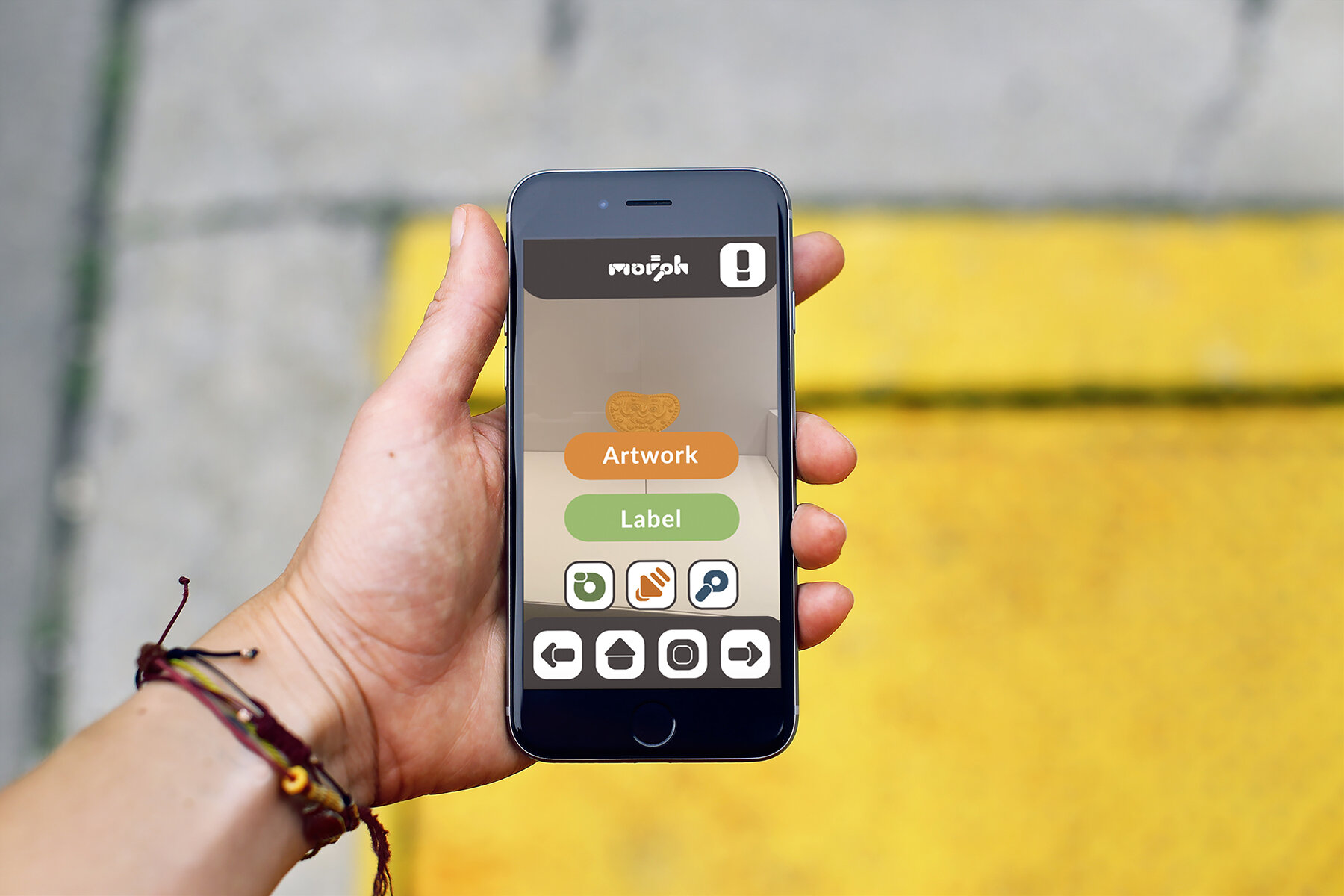


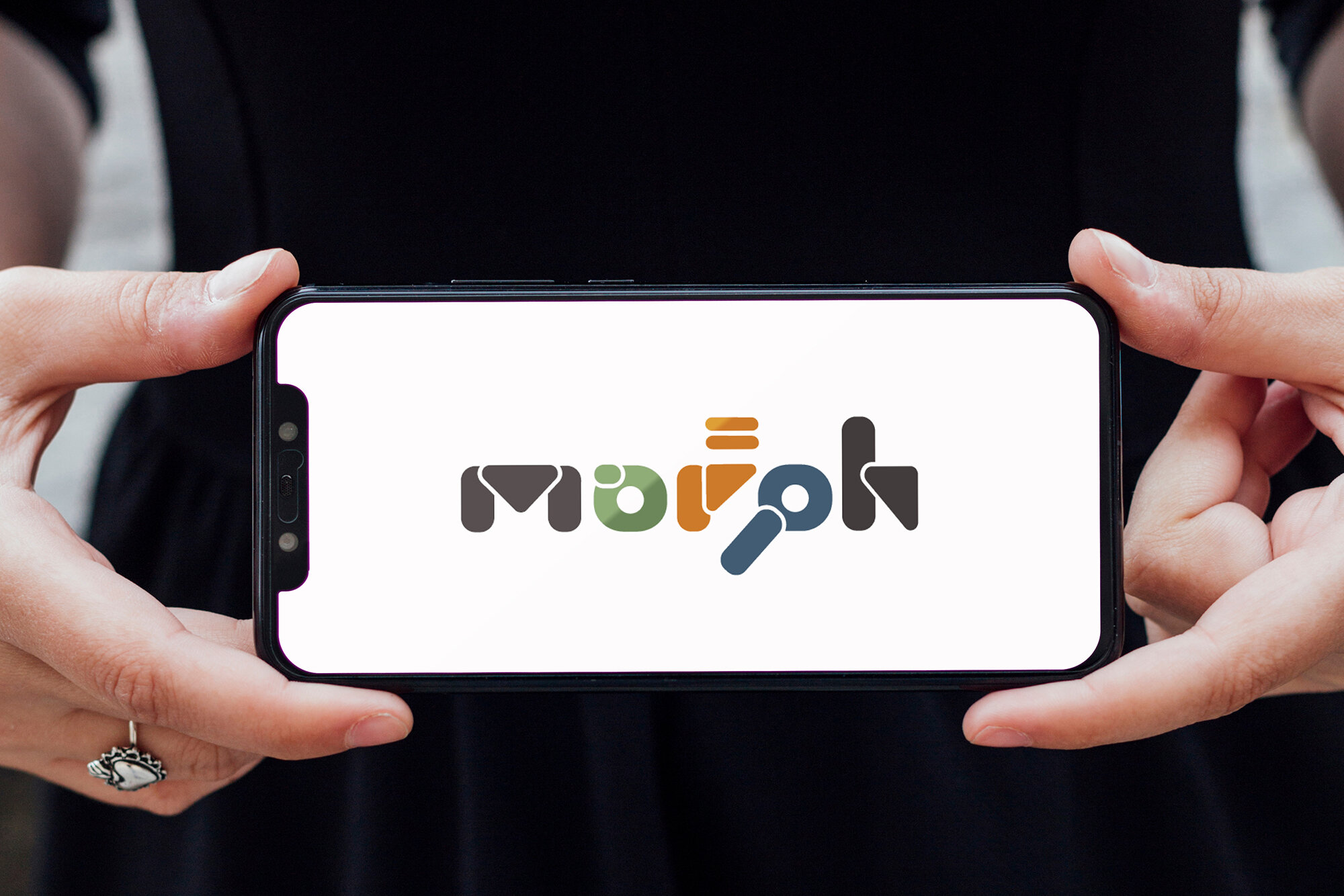
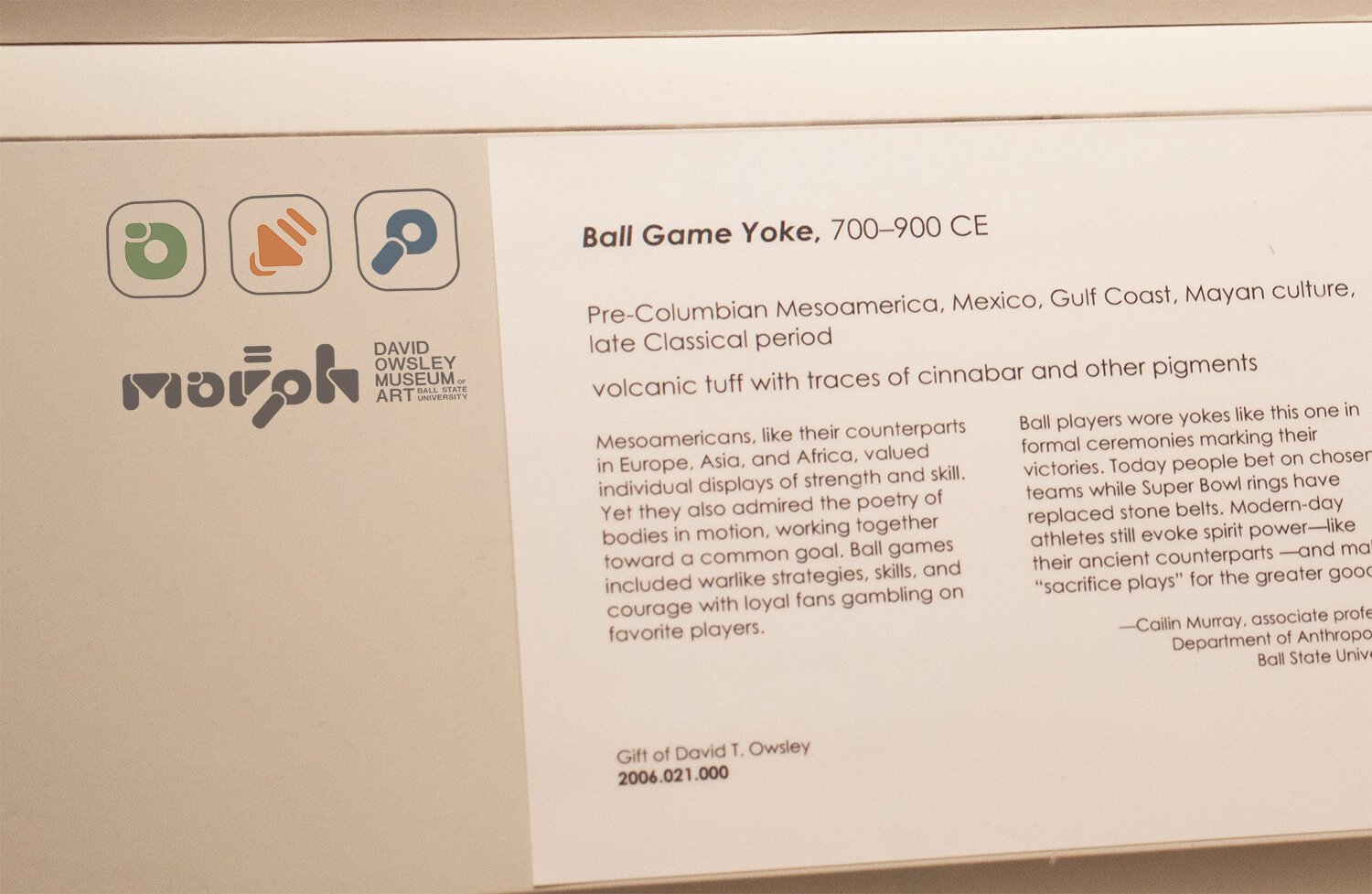
Morph Program
CLIENT: David Owsley Museum of Art
LOCATION: Muncie, IN
DELIVERABLES: Identity Design, App Design, Augmented Reality, Motion Graphic
ROLE: Designer
OVERVIEW
Morph is the visual identity of a virtual reality program at the David Owsley Museum of Art at Ball State University. This program worked to create solutions for text-heavy labels and signs people with aphasia might have difficulty understanding. Aphasia is a cognitive disorder that affects a person’s ability to understand language. Language is built upon reading, writing, and communication of language, all of which can be difficult for someone with aphasia. This program takes language and isolates its ways of understanding to help people with aphasia understand large bodies of information presented with works of art.
RESULTS
This program shows pieces from the Mesoamerican art collection at DOMA. It takes the labels provided with the art and breaks them down into smaller, more manageable pieces. In this program, the user will be given the option to have a word be represented as an image, spoken aloud, or be isolated as a single word from a sentence. These options have been proven to decrease the confusion of language for people with aphasia and can be used singly or all at once. These options give a range of aid to people with aphasia, as every case is different in type and severity.
Research and Process
Morph was inspired by a study known as the Aphasia Project. The Aphasia Project began in 2005, and it researched the effectiveness of image recognition in people with most types of aphasia. Using a combination of words and icons, the students and faculty at Washington University developed a messaging interface, as seen here. This interface replaced difficult words with icons, for another option of language recognition.
Morph App and Augmented Reality
This is a video example of how Morph’s language breakdown is used. These icons are always available on the app and augmented reality for use at anytime.
MORPH AUGMENTED REALITY
Morph was continued into a program that utilized an augmented reality and an app design. When at the museum, the Morph augmented reality allows the user to scan certain artworks and use the three different language settings to decipher their descriptions and key facts. The AR design also has a “save feature” where the user can add specific likes about the artwork to a log.
MORPH APP
These saves and likes from the AR would have the potential to be used later in the app, where the user could more effectively communicate their experience with another person. By using the artwork saved and the likes logged, a conversation that might normally be difficult to begin now has a visual catalyst. This two-part system helps with understanding the artwork while also encouraging communication between those with aphasia and their close friends and family.
Morph Identity
Process
Sketching for Morph was based around the shapes used in Mesoamerican Art
and the three ways to breakdown language: image, sound, and focus.
